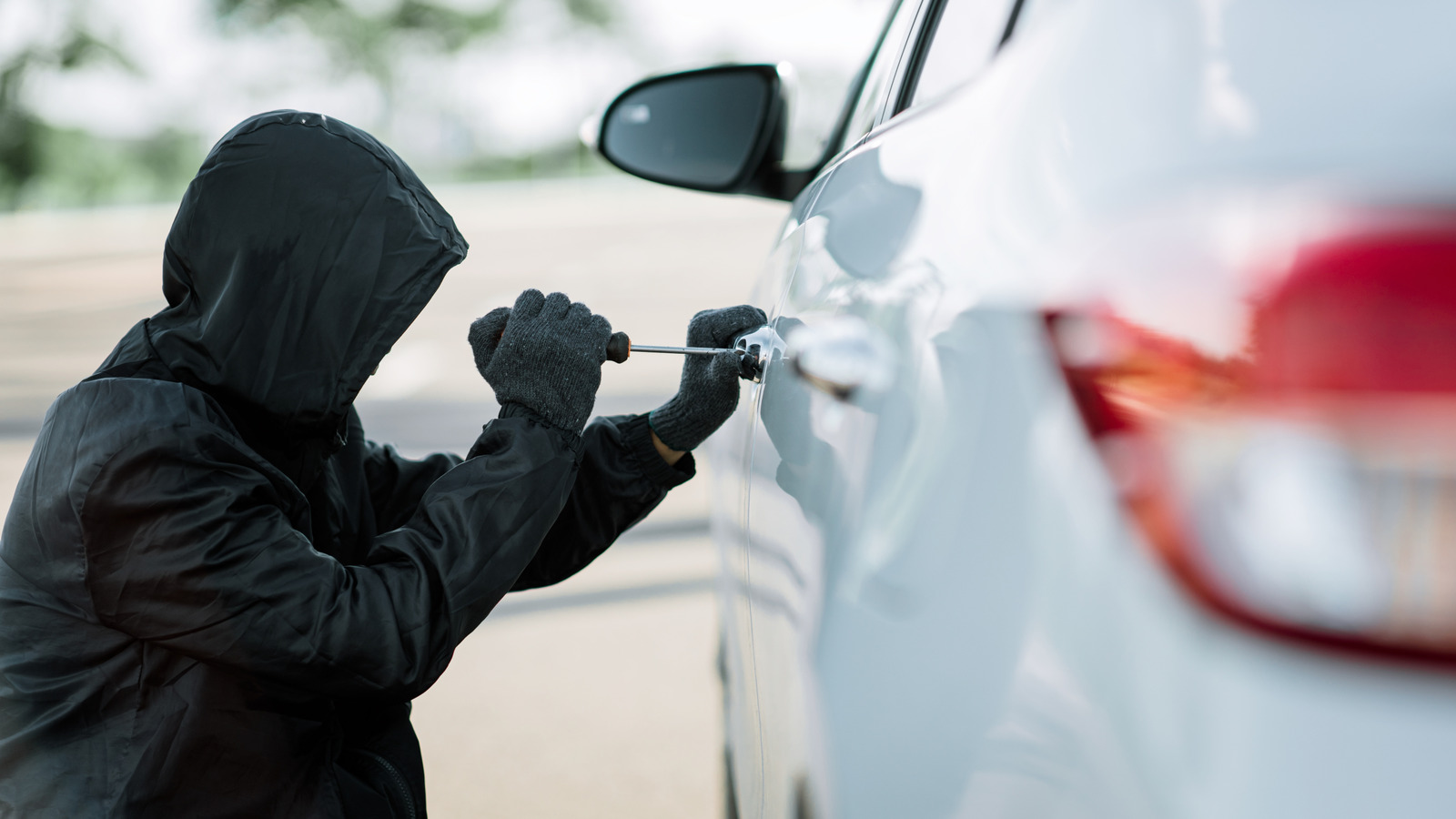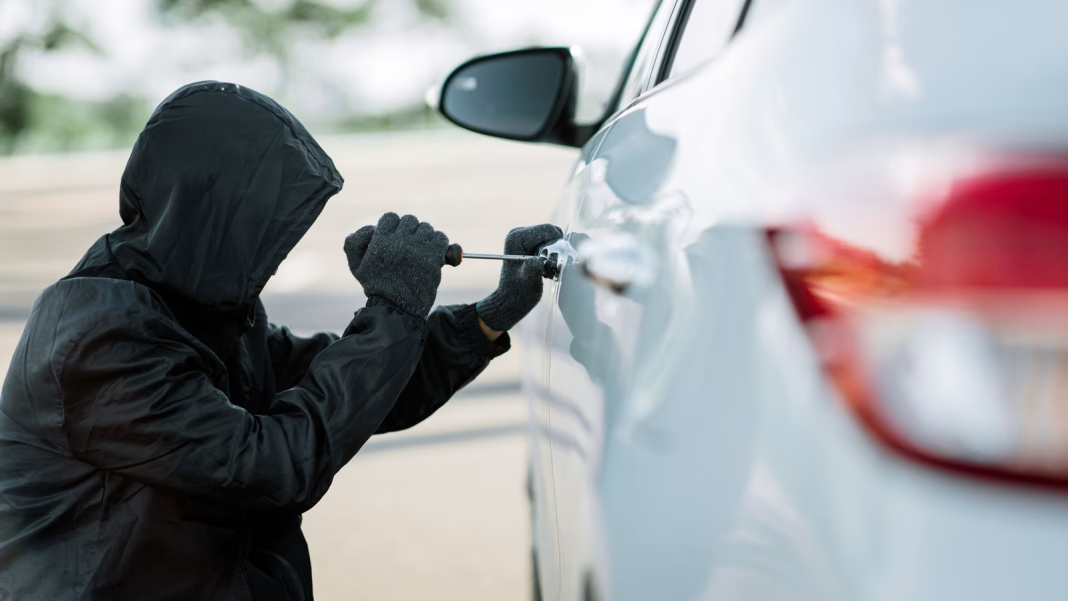When you finally find that perfect used car, it can feel like striking gold. But before you get too comfortable behind the wheel, it’s crucial to ensure that your shiny new treasure doesn’t come with a hidden history of theft. The last thing you want is to be driving around in a vehicle that isn’t really yours. So, how can you check if your used car has a tarnished past? Let’s dive into some practical steps you can take to uncover its history.
What’s the First Step to Take?
Start with the Vehicle Identification Number (VIN). This unique 17-character code is like a fingerprint for your car, providing a wealth of information about its history. You can usually find the VIN on the dashboard near the windshield or inside the driver’s side door. Once you have it, you can run a VIN check through various online services. Websites like Carfax or AutoCheck can provide detailed reports that include whether the car has been reported stolen, involved in accidents, or had any major repairs.
Why Is a VIN Check Important?
A VIN check is your first line of defense against buying a stolen vehicle. According to the National Insurance Crime Bureau, over 700,000 vehicles were reported stolen in the U.S. in 2021 alone. That’s a staggering number, and it highlights the importance of doing your homework. If the report indicates that the car was stolen, you’ll want to walk away—fast. Not only could you lose your investment, but you could also face legal issues if the rightful owner comes looking for their vehicle.
What Other Resources Can Help?
While a VIN check is essential, it’s not the only tool in your arsenal. Local law enforcement agencies often maintain databases of stolen vehicles. You can check with your local police department or visit their website to see if they have a searchable database. Some states even offer online services where you can input the VIN and see if it’s listed as stolen.
Additionally, consider reaching out to the previous owner if possible. A legitimate seller should be open about the car’s history. Ask for maintenance records, previous accident reports, and any documentation that can provide insight into the vehicle’s past. If they’re hesitant to share, that could be a red flag.
What About Title History?
Checking the title history is another crucial step. A clean title means that the car has not been salvaged or rebuilt after a significant accident. You can obtain a title history report through your state’s Department of Motor Vehicles (DMV). This report can reveal if the title has been branded as “salvage” or “rebuilt,” which could indicate a problematic past.
It’s also worth noting that some states have specific regulations regarding the sale of used cars. Familiarizing yourself with these rules can help you avoid potential pitfalls. For instance, in some states, sellers are required to disclose if the car has been in an accident or has a salvage title.
What If You Suspect Something’s Off?
If you have any doubts about the car’s history, don’t hesitate to get a professional inspection. A trusted mechanic can spot signs of previous damage or repairs that might not be immediately visible. They can also assess the overall condition of the vehicle, giving you peace of mind before you make a purchase.
What’s the Bottom Line?
Buying a used car can be a fantastic way to save money, but it’s essential to be diligent about its history. By conducting a thorough VIN check, consulting local law enforcement, reviewing title history, and getting a professional inspection, you can significantly reduce the risk of driving off in a vehicle with a shady past.
The big takeaway? Ensuring your used car isn’t a stolen vehicle isn’t just about avoiding trouble—it’s about making a smart investment. Take the time to do your research, and you’ll drive away with confidence, knowing you’ve made a wise choice. Start with these steps today, and you’ll likely spot the difference in your peace of mind by the end of the week.


